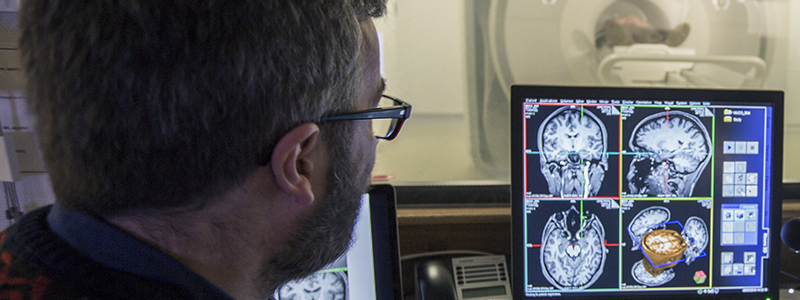A major international conceptual diagnostic criteria and conceptual breakthrough program has been successfully launched and published, led by the UPMC and Institut du Cerveau – ICM researchers Professor Bruno Dubois and Professor Harald Hampel (AXA – UPMC Chair) who coordinated a distinguished group of major international key opinion leaders, based on the dynamic conceptual evolution of the paradigm of preclinical Alzheimer’s disease (AD), in the March Issue of the leading international Alzheimer Journal Alzheimer’s & Dementia, The Journal of the Alzheimer’s Association.
This major contribution to the field is the result of the Proceedings of the meeting of the International Working Group (IWG) and the American Alzheimer’s Association (AA) on “The Preclinical State of AD”, co-chaired by Prof. Bruno Dubois and Prof. Harald Hampel and generously supported by the French International Foundation for Research in Alzheimer’s disease (IFRAD), on the 23rd of July 2015, in Washington (DC, USA). This represents the next critical stage in terms of the advancement of diagnostic criteria for Alzheimer’s disease (AD) established by the IWG group.
Notably, during the past decade, a conceptual paradigm shift has occurred in the area of AD, leading to consider the disease as a long continuum. The fact that the process leading to AD starts many years if not decades before the occurrence of the first clinical symptoms and that effective interventions could be initiated at this time, make the definition of the preclinical stage absolutely urgent and essential. Refinement and harmonization of clinical and research criteria are considered essential milestones for improved testing of therapeutic interventions aimed at reducing the epidemic of both mild cognitive impairment (MCI) and AD dementia. This was recently outlined by Professor Harald Hampel and Dr. Simone Lista in their publication in the leading Journal Nature Reviews Neurology.
Actually, thanks to substantial progresses of research on discovery, development, and validation of AD-related biomarkers that have paved the way for the era of multimodal investigations, it is now realistic to identify the disease even at the preclinical stage. This phase has rapidly become a major research focus as it is assumed that early intervention may offer the best chance to attain therapeutic success.
Up to now, little evidence is established on this “silent” stage of the disease. Unquestionably, the preclinical AD stage is significant for studies aimed at preventing the progression to the clinical state, as well as for research into novel biomarkers that might test and validate therapies with early disease modification. A better integrated understanding of the natural history of the preclinical stage, the evolution of pathophysiology and structural brain alterations, the influencing factors of disease progression, and ethical issues related to the detection of the disease at this asymptomatic stage is needed. This article is fully addressing all these different issues by providing for each of them an updated review of the literature and evidence, with practical recommendations.
Notably, the current research activity of Prof. Bruno Dubois and Prof. Harald Hampel is focused on the INSIGHT research program. This highly relevant ground-breaking program – led by Prof. Bruno Dubois and Prof. Harald Hampel – will substantially support the full experimental discovery of the silent stage of AD through cutting-edge translational multi-modal biomarker research in a preclinical elderly population. Remarkably, the primary objective of the study is to determine the profiles and best markers of progression to a clinical AD or cognitive decline over time in a population of asymptomatic at risk subjects. Particularly, comprehensive multimodal approaches and biophysical models for correlation analysis will be applied to examine in detail the interactions between the different biomarkers to determine their incremental power for efficient prediction of clinical AD in this asymptomatic at risk subjects’ group. First exciting results are already expected for this year.
Reference: Preclinical Alzheimer’s disease: Definition, natural history, and diagnostic criteria.







